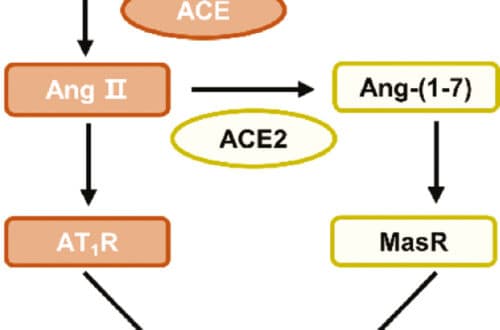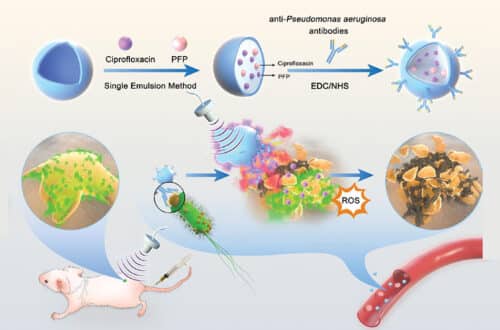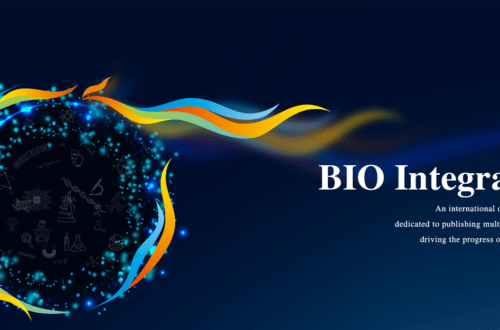Drug-induced Interstitial Lung Disease in Breast Cancer Patients
Drug-induced Interstitial Lung Disease in Breast Cancer Patients: A Lesson We Should Learn from Multi-Disciplinary Integration
https://doi.org/10.15212/bioi-2020-0009
Announcing a new article publication for BIO Integration journal. In this case report the authors Zijun Zhao, Zhanghai He, Hongyan Huang, Jiewen Chen, Shishi He, Ailifeire Yilihamu and Yan Nie from Sun Yat-sen University, Guangzhou, China consider drug-induced interstitial lung disease in breast cancer patients.
Taxanes represented by paclitaxel and targeted therapy including trastuzumab are two common agents for human epidermal growth factor receptor-2 (HER-2)-positive breast cancer patients.
Effectiveness, however, usually comes at the cost of many side effects, some of which are even fatal. Drug-induced interstitial lung diseases (DILDs) comprise a group of drug-induced pulmonary injuries usually caused by using these medications. For DILDs, systemic therapy can be harmful to lung tissues and rapidly threaten the lives of some breast cancer patients.
Through case studies, and reference to related studies in medical databases, the authors discuss how multi-disciplinary integration of clinical practice and pharmacological mechanisms can make anti-cancer agents less harmful, and reduce the incidence of DILD in breast cancer patients during systemic therapy.
Article reference: Zijun Zhao, Zhanghai He, Hongyan Huang, Jiewen Chen, Shishi He, Ailifeire Yilihamu and Yan Nie, Drug-induced Interstitial Lung Disease in Breast Cancer Patients: A Lesson We Should Learn From Multi-Disciplinary Integration. BIO Integration, 2020, https://doi.org/10.15212/bioi-2020-0009
As part of its mandate to help bring interesting work and knowledge from around the world to a wider audience, BIOI will actively support authors through open access publishing and through waiving author fees in its first years. Also, publication support for authors whose first language is not English will be offered in areas such as manuscript development, English language editing and artwork assistance.
BIOI is now open for submissions; articles can be submitted online at:



